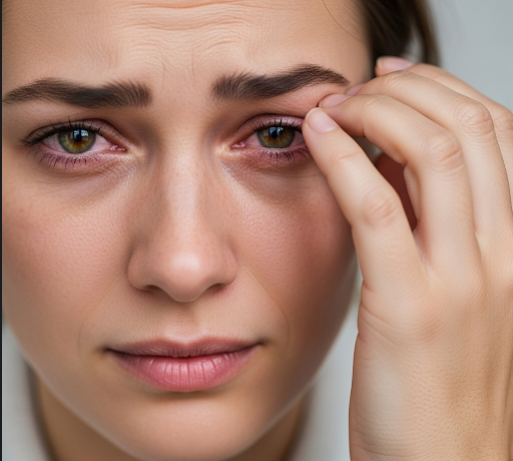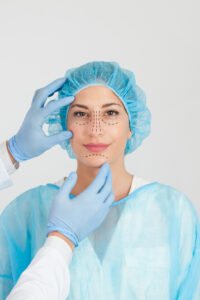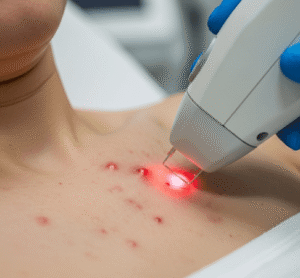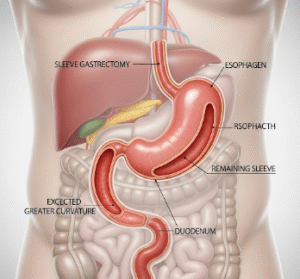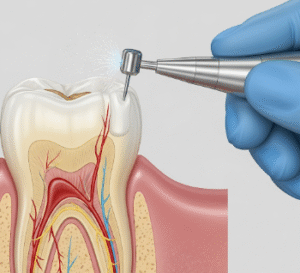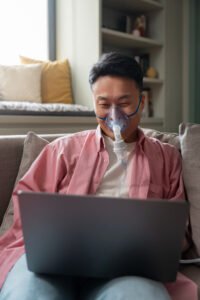Overview
Itchy eyes, medically referred to as ocular pruritus, are a common symptom that can result from various causes, including allergies, infections, or environmental irritants. This discomfort may affect one or both eyes and can be accompanied by redness, tearing, swelling, or a gritty sensation. In Korea, itchy eyes are frequently reported during spring and autumn due to seasonal pollen and fine dust. Korean ophthalmology clinics and hospitals provide advanced diagnostic tools and treatment options to quickly identify the cause and relieve symptoms, helping patients avoid complications like chronic eye irritation or infection.
What are Itchy Eyes?
Itchy eyes occur when the eyes become irritated, triggering the release of histamines or other inflammatory substances. This sensation can be mild or intense, and scratching or rubbing the eyes often worsens the irritation or leads to further problems, such as corneal damage.
Symptoms
- Persistent urge to rub the eyes
- Redness in the whites of the eyes (conjunctival redness)
- Excessive tearing (epiphora)
- Swollen eyelids
- Gritty or burning sensation
- Sensitivity to light (photophobia)
- Watery or stringy eye discharge
Causes
- Allergic conjunctivitis (seasonal or perennial)
- Dry eye syndrome
- Infections (viral or bacterial conjunctivitis)
- Contact lens irritation
- Air pollutants and fine dust (common in Korean cities)
- Chemical irritants (cosmetics, cleaning agents)
- Foreign body in the eye
- Blepharitis (inflammation of the eyelids)
Risk Factors
- Seasonal allergies (especially spring pollen in Korea)
- Prolonged screen use causing eye strain
- Wearing contact lenses for extended periods
- Living in areas with high pollution or fine dust
- Family history of allergies or atopic conditions
- Exposure to pets or dust mites
Complications
- Chronic conjunctivitis
- Corneal abrasions from excessive rubbing
- Secondary bacterial infections
- Persistent dry eye disease
- Vision disturbances if left untreated
Prevention
- Avoid rubbing the eyes
- Wear sunglasses outdoors to protect against pollen and dust
- Use protective eyewear in polluted or dusty environments
- Maintain proper contact lens hygiene
- Use air purifiers at home
- Follow the 20-20-20 rule for screen breaks to reduce strain
- Manage allergies with preventive medications during peak seasons
Treatment Options in Korea
Diagnosis
- Slit-lamp examination
- Allergy testing (skin prick or blood tests)
- Tear film evaluation for dry eyes
- Conjunctival swab in suspected infections
Medical Treatments
- Antihistamine eye drops (for allergic causes)
- Artificial tears to relieve dryness
- Anti-inflammatory eye drops or ointments
- Antibiotic or antiviral drops for infections
- Mast cell stabilizers for long-term allergy control
Surgical or Advanced Therapies
- Punctal plugs for severe dry eye
- Meibomian gland expression for blepharitis
- Advanced allergen immunotherapy in specialized clinics
Rehabilitation and Support
- Regular follow-ups to prevent recurrence
- Patient education on allergen avoidance
- Lifestyle modifications such as reducing dust exposure indoors
Top Hospitals or Clinics in Korea
- B&VIIT Eye Center – Specializes in comprehensive eye care including allergy-related conditions
- Kim’s Eye Hospital – Known for advanced ophthalmic diagnostics and treatments
- Seoul National University Hospital Ophthalmology Department – Leading in research and treatment for allergic and infectious eye diseases
- HanGil Eye Hospital – Offers modern therapies for chronic eye irritation and dry eye syndrome

